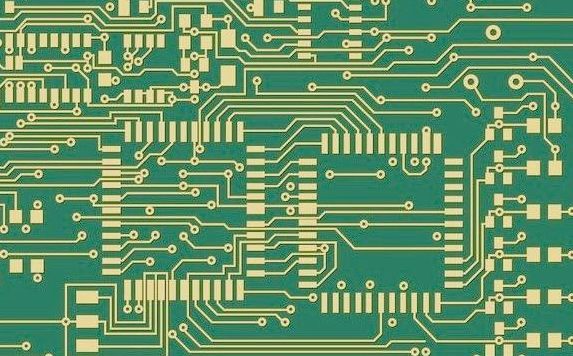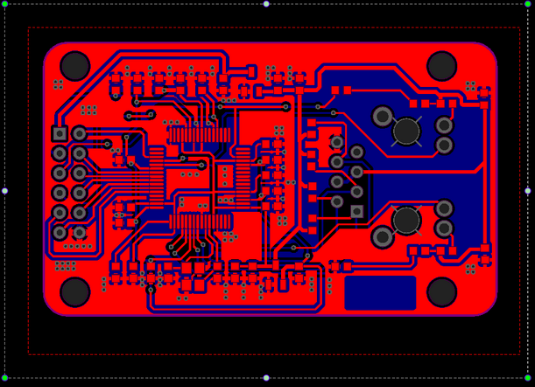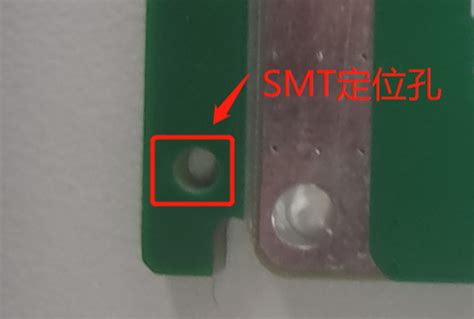Electromagnetic Interference (EMI) Shielding in Printed Circuit Boards (PCBs): A Comprehensive Guide
Introduction
In the modern era of electronics, the demand for faster, smaller, and more efficient devices has led to increasingly complex Printed Circuit Boards (PCBs). As electronic devices become more compact and operate at higher frequencies, they are more susceptible to Electromagnetic Interference (EMI). EMI can disrupt the performance of electronic devices, leading to data corruption, signal degradation, and even complete system failure. To mitigate these issues, EMI shielding has become a critical aspect of PCB design. This article delves into the principles of EMI shielding, the techniques used to implement it in PCBs, and the materials and design considerations that are essential for effective EMI management.
Understanding Electromagnetic Interference (EMI)
Electromagnetic Interference (EMI) refers to the disturbance generated by an external source that affects the normal operation of an electrical circuit. EMI can be either radiated or conducted. Radiated EMI occurs when electromagnetic waves propagate through the air and interfere with nearby electronic devices. Conducted EMI, on the other hand, is transmitted through physical connections such as power lines or signal cables.
EMI can originate from various sources, including natural phenomena like lightning, as well as man-made sources such as radio transmitters, motors, and other electronic devices. In the context of PCBs, EMI can be generated by high-speed digital circuits, switching power supplies, and other components that produce rapid changes in voltage or current.
The Importance of EMI Shielding in PCBs
EMI shielding is essential in PCBs to ensure the reliable operation of electronic devices. Without proper shielding, EMI can cause a range of problems, including:
- Signal Integrity Issues: EMI can distort signals, leading to data errors and reduced performance. This is particularly critical in high-speed digital circuits where even minor disturbances can cause significant issues.
- Cross-Talk: EMI can cause unintended coupling between adjacent traces or components, leading to cross-talk. This can result in signal interference and reduced signal quality.
- Regulatory Compliance: Many electronic devices must comply with regulatory standards that limit the amount of EMI they can emit. Failure to meet these standards can result in legal and financial consequences.
- Device Reliability: EMI can cause intermittent faults or permanent damage to electronic components, reducing the overall reliability and lifespan of the device.

EMI Shielding Techniques in PCBs
There are several techniques used to implement EMI shielding in PCBs. These techniques can be broadly categorized into two types: board-level shielding and component-level shielding.
1. Board-Level Shielding
Board-level shielding involves the use of shielding structures that cover the entire PCB or specific sections of the board. The most common board-level shielding techniques include:
a. Ground Planes
A ground plane is a large area of copper on the PCB that is connected to the ground potential. Ground planes act as a reference point for signals and help to reduce EMI by providing a low-impedance path for return currents. By placing a ground plane beneath signal traces, the electromagnetic fields generated by the traces are contained, reducing the likelihood of radiated EMI.
b. Power Planes
Similar to ground planes, power planes are large areas of copper connected to the power supply. Power planes help to stabilize the power distribution network and reduce EMI by minimizing voltage fluctuations and providing a low-impedance path for high-frequency currents.
c. Shielding Cans
Shielding cans, also known as EMI cans or shields, are metal enclosures that are placed over specific sections of the PCB. These cans are typically made of materials such as aluminum or steel and are designed to block EMI from entering or exiting the shielded area. Shielding cans are often used in high-frequency circuits, such as RF modules, to prevent interference with other components.
d. Shielding Layers
In multi-layer PCBs, additional shielding layers can be incorporated to reduce EMI. These layers are typically made of conductive materials such as copper and are placed between signal layers to provide additional isolation. Shielding layers can also be used to create Faraday cages around sensitive components, effectively blocking external EMI.
2. Component-Level Shielding
Component-level shielding involves the use of shielding techniques at the individual component level. This approach is often used when specific components are particularly sensitive to EMI or are significant sources of EMI. Common component-level shielding techniques include:
a. Shielding Gaskets
Shielding gaskets are conductive materials that are placed around the edges of components or connectors to create a continuous conductive path. These gaskets help to seal gaps and prevent EMI from leaking into or out of the shielded area. Shielding gaskets are commonly made from materials such as conductive elastomers, metal-filled polymers, or conductive fabrics.
b. Ferrite Beads
Ferrite beads are passive components that are used to suppress high-frequency EMI. They are typically placed on power or signal lines to filter out unwanted noise. Ferrite beads work by absorbing high-frequency energy and converting it into heat, thereby reducing the amount of EMI that reaches sensitive components.
c. Capacitors and Inductors
Capacitors and inductors are commonly used in EMI filtering circuits. Capacitors are used to bypass high-frequency noise to ground, while inductors are used to block high-frequency noise from passing through a circuit. These components are often used in combination to create low-pass filters that attenuate high-frequency EMI.
Materials Used in EMI Shielding
The effectiveness of EMI shielding depends largely on the materials used. The most common materials used in EMI shielding include:
- Copper: Copper is one of the most widely used materials for EMI shielding due to its high conductivity and excellent shielding effectiveness. Copper is often used in ground planes, shielding layers, and shielding cans.
- Aluminum: Aluminum is another popular material for EMI shielding. It is lightweight, corrosion-resistant, and offers good shielding effectiveness. Aluminum is commonly used in shielding cans and enclosures.
- Nickel: Nickel is often used as a plating material for EMI shielding. It provides good corrosion resistance and can be easily applied to other metals, such as steel or copper, to enhance their shielding properties.
- Conductive Polymers: Conductive polymers are materials that have been engineered to have conductive properties. These materials are often used in shielding gaskets and enclosures where flexibility and ease of fabrication are important.
- Ferrite: Ferrite is a ceramic material that is used in EMI suppression components, such as ferrite beads and cores. Ferrite is particularly effective at absorbing high-frequency EMI.

Design Considerations for EMI Shielding in PCBs
Effective EMI shielding requires careful consideration during the PCB design process. Some key design considerations include:
- Layer Stackup: The arrangement of layers in a multi-layer PCB can have a significant impact on EMI shielding. Placing ground and power planes adjacent to signal layers can help to contain electromagnetic fields and reduce EMI. Additionally, using shielding layers can provide additional isolation for sensitive circuits.
- Trace Routing: Proper trace routing is essential for minimizing EMI. High-speed signals should be routed away from sensitive components and should be kept as short as possible. Differential signaling can also be used to reduce EMI by canceling out common-mode noise.
- Component Placement: The placement of components on the PCB can affect EMI. High-frequency components should be placed away from sensitive circuits, and components that generate significant EMI should be shielded or isolated.
- Grounding: Proper grounding is critical for effective EMI shielding. A solid ground plane should be used to provide a low-impedance return path for currents. Additionally, ground connections should be kept as short as possible to minimize inductance.
- Shielding Enclosures: When designing shielding enclosures, it is important to ensure that there are no gaps or seams that could allow EMI to leak in or out. Conductive gaskets or seals can be used to ensure a continuous conductive path around the enclosure.
Testing and Validation of EMI Shielding
Once the PCB design is complete, it is important to test and validate the effectiveness of the EMI shielding. Common testing methods include:
- Radiated Emissions Testing: This test measures the amount of EMI that is radiated from the PCB. The PCB is placed in an anechoic chamber, and the emissions are measured using antennas and spectrum analyzers.
- Conducted Emissions Testing: This test measures the amount of EMI that is conducted through the power and signal lines. The PCB is connected to a test setup, and the conducted emissions are measured using a line impedance stabilization network (LISN).
- Shielding Effectiveness Testing: This test measures the effectiveness of the shielding materials and structures in blocking EMI. The PCB is exposed to a known source of EMI, and the amount of EMI that penetrates the shielding is measured.
Conclusion
EMI shielding is a critical aspect of PCB design that ensures the reliable operation of electronic devices in the presence of electromagnetic interference. By understanding the principles of EMI, implementing effective shielding techniques, and using appropriate materials, designers can create PCBs that are resistant to EMI and compliant with regulatory standards. As electronic devices continue to evolve, the importance of EMI shielding will only continue to grow, making it an essential consideration for any PCB design project.







